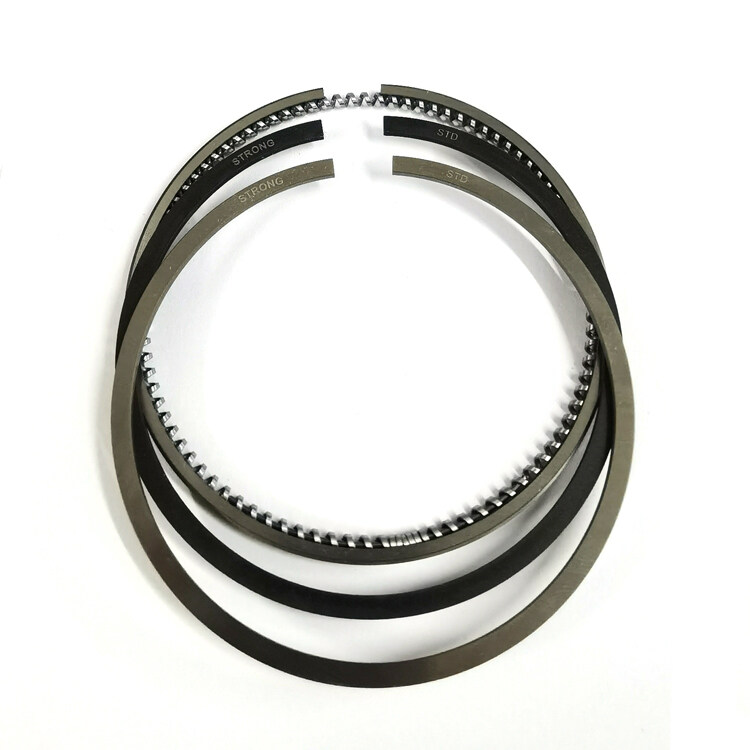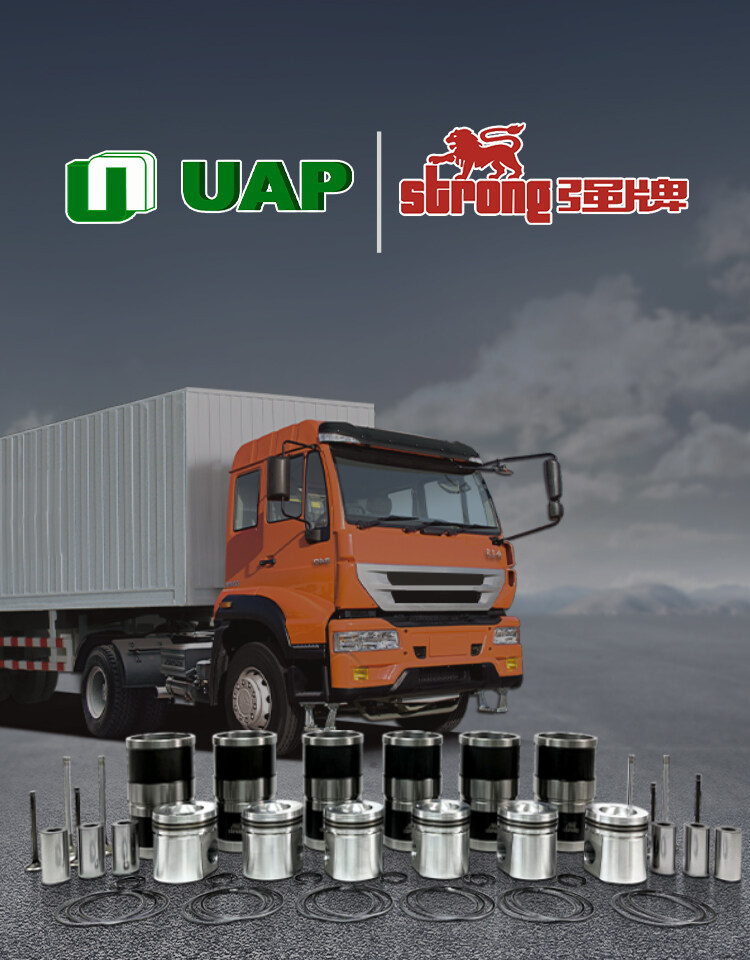Email format error
Email cannot be empty
Email already exists
6-20 characters(letters plus numbers only)
The password is inconsistent
Email format error
Email cannot be empty
Email does not exist
6-20 characters(letters plus numbers only)
The password is inconsistent


How does the Piston Ring Realize the Sealing Function?
Now let's take a look at the sealing principle of the piston ring: when the piston ring is installed in the cylinder, three gaps are formed between the piston, the piston ring, and the cylinder wall: end gap, side gap, and back gap.

These three gaps make the piston ring form two sealing surfaces and a labyrinth-type air leakage channel. The first gas ring seals about 80-90% of the gas, the second gas ring seals about 10-20% of the gas, and the oil ring seals about 5% of the gas.
Establishment of the first sealing surface
The piston ring is not round under free state, and its overall dimension is slightly larger than the cylinder diameter. When the piston ring is installed into the cylinder, the outer circular surface of the ring and the cylinder wall are closely attached to form the first sealing surface under its elastic force;
Establishment of the second sealing surface
The high-pressure gas in the combustion chamber enters the side clearance and radial clearance of the piston ring through the clearance between the piston top bank and the cylinder wall. This pressure makes the lower side of the ring and the lower side of the ring groove closely form the second sealing surface;
Secondary sealing of piston ring
High-pressure gas flowing into the side gap and back gap of the piston ring generates back pressure and side pressure, which further increases the pressure of the piston ring on the cylinder wall and piston ring groove, significantly strengthening the sealing degree of the first and second sealing surfaces. This phenomenon is called the second sealing of the piston ring.
Labyrinth-type air leakage channel
With the first sealing surface and the second sealing surface, the only channel for piston ring air leakage is the open end clearance of the piston ring.
However, because the side clearance, radial clearance, and end clearance are very small, and the openings of each piston ring are staggered during installation, a labyrinth-type air leakage channel is formed, and the flow resistance of gas in the channel is large.
Finally, the gas leaked into the crankcase is generally only 0.2%~1.0% of the intake air volume. This sealing rate should be said to be successful, which is one of the reasons why the piston engine still has great vitality.
However, due to the existence of the three gaps of the piston ring, its movement will inevitably produce the "piston ring pumping oil effect": when the piston moves downward in the cylinder, the oil on the cylinder wall will enter the back gap through the side gap of the piston ring.
When the piston moves upward in the cylinder, the oil enters the top of the side clearance from the back clearance of the piston ring and then is sent to the combustion chamber to participate in combustion. This process is repeated during engine operation, and the oil is gradually consumed.
This is also one of the inherent characteristics of reciprocating piston engines. Any brand and model of engine will consume oil, but only to a different extent.
On the one hand, the oil pumping function of the piston ring is beneficial to lubricating the piston top, but on the other hand, it will also increase the consumption of lubricating oil, pollute the spark plug, increase the carbon deposit in the combustion chamber, or form carbon deposit in the ring groove, and squeeze the piston ring to make it lose its sealing property.
Therefore, to strengthen the seal, speed up the running in, reduce the role of pump oil and improve lubrication, engineers have developed and manufactured piston rings with different section shapes to meet the user needs of the engine.
We are the standard piston ring company, any interests, plz feel free to contact us.

